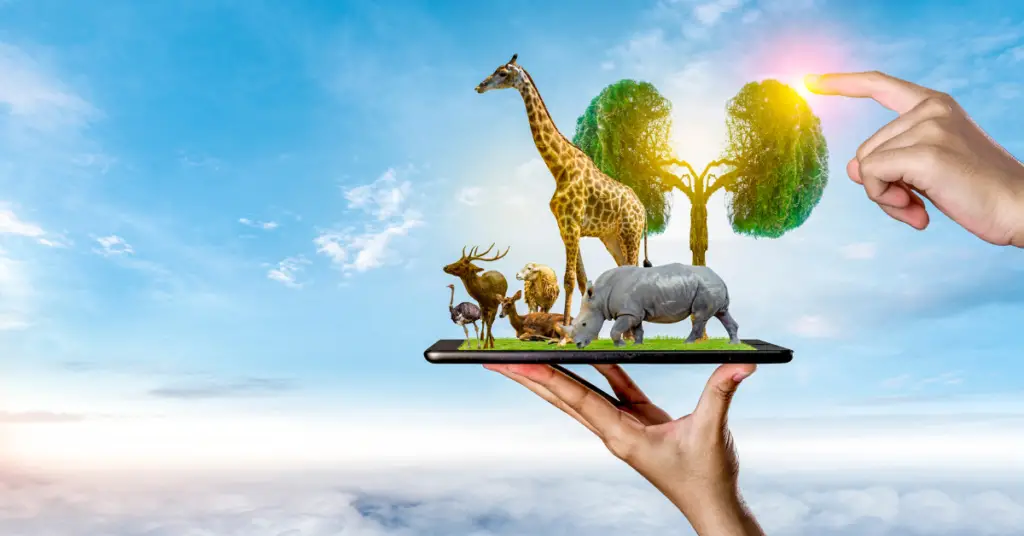Birds, bees, fish, trees, and more than a million animal species from the polar
bears to the kangaroos are predicted to go extinct by 2050. Global warming-induced climate change is largely responsible for this worldwide
tragedy.
According to an article posted on Scientific American’s website, “global warming may surpass other by-products of human activity, such as deforestation, in driving species into extinction.”
The rising temperatures caused by the buildup of greenhouse gases produced
by burning fossil fuels are making it impossible for animals to live as nature
intended.
Melting ice in the Arctic regions means walruses and polar bears are drowning and krill are dying off, which in turn affects the food source of the
blue whales. A break in one piece of nature’s interconnected web affects the
whole network in one way or another.
Reducing GHG emissions is the number one step to take to exit this road to extinction on which we’re currently driving, and preserving animals’ habitats is
another way we can help save the animals.
Joining the World Wildlife Fund’s (WWF) wild animal adoption program is an innovative way to take real and concrete action toward preserving large areas
of climate-stabilizing forests and jungles.
The WWF offers a choice of 40 different symbolic animal adoptions, which include a formal certificate, full color photo, and species fact sheet.
Adopting an animal as a gift for children and adults is a great way to help protect their future and raise awareness about their current dire state.
The most endangered animal species are those living in areas hard to migrate from, including the tropical Andes, California, southwest Australia, and South Africa. By preserving precious animal sanctuaries in these regions, we are taking
steps to keep these animals on the earth.
Our collective actions can ensure the future survival of these animals. The list
of endangered animals is long and varied. It includes the following: chimpanzees, orangutans, seahorses, sharks, sea turtles, pandas, kangaroos,
cheetahs, bears, walruses, whales, rhinos, elephants, koalas, polar bears, lions,
leopards, wild horses, zebras, and tigers, to name just a few.
Conservation groups and the Chinese government are implementing plans to
maintain the giant pandas’ habitat. So far, more than 40 panda reserves have
been established to help counter the loss of habitat resulting from massive
population growth and deforestation.
Additionally, a new forest protection program launched by the government in 1998 includes a widespread ban on logging in virtually all panda habitats.
A related measure calls for reforesting former farmland on steep slopes. These are good climate-positive changes.
In Africa, a census of mountain gorillas in the Virunga Montane forests, led by the WWF-funded International Gorilla Conservation Program (IGCP), has recorded an impressive 17 percent increase in the population of this highly
endangered great ape.
Another unique, green adoption gift to consider purchasing is an acre of
rainforest in someone’s name. Organizations like World Land Trust, The Nature Conservancy, and The Rainforest Conservation Fund allow you to purchase an acre of rainforest in your name or to give as a gift for as little as $100 per acre.
Rainforests fight global warming by absorbing substantial amounts of carbon
dioxide. Purchasing rainforest acres through these organizations allows them to
buy and protect the land, and the species that depend on it, indefinitely as reserves owned and managed by conservation groups.
Becoming educated and spreading the word to friends and family about how to help stop global warming and preserve animal habitats may help ensure the survival of endangered species for generations to come.

Erzsebet Frey (Eli Frey) is an ecologist and online entrepreneur with a Master of Science in Ecology from the University of Belgrade. Originally from Serbia, she has lived in Sri Lanka since 2017. Eli has worked internationally in countries like Oman, Brazil, Germany, and Sri Lanka. In 2018, she expanded into SEO and blogging, completing courses from UC Davis and Edinburgh. Eli has founded multiple websites focused on biology, ecology, environmental science, sustainable and simple living, and outdoor activities. She enjoys creating nature and simple living videos on YouTube and participates in speleology, diving, and hiking.

